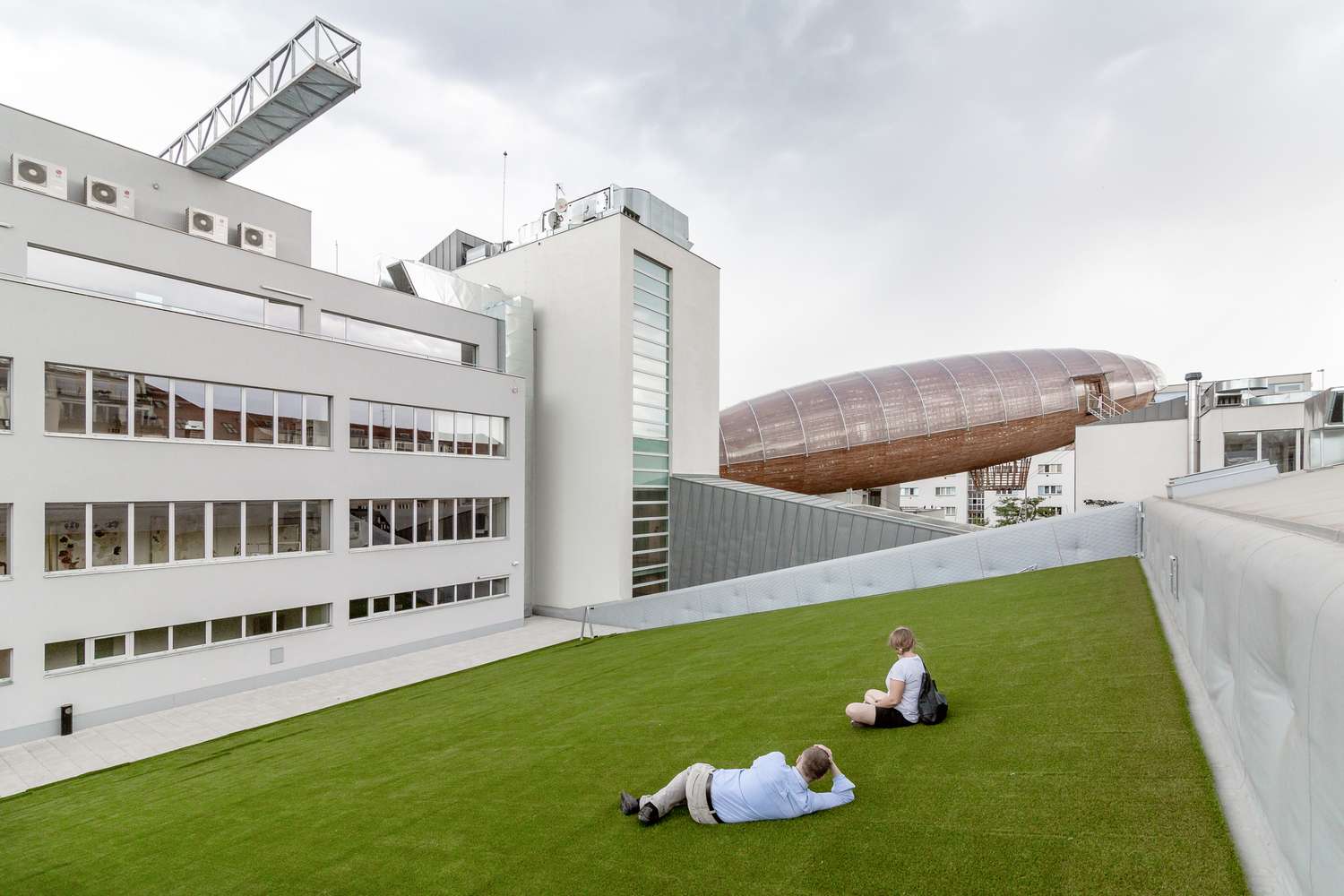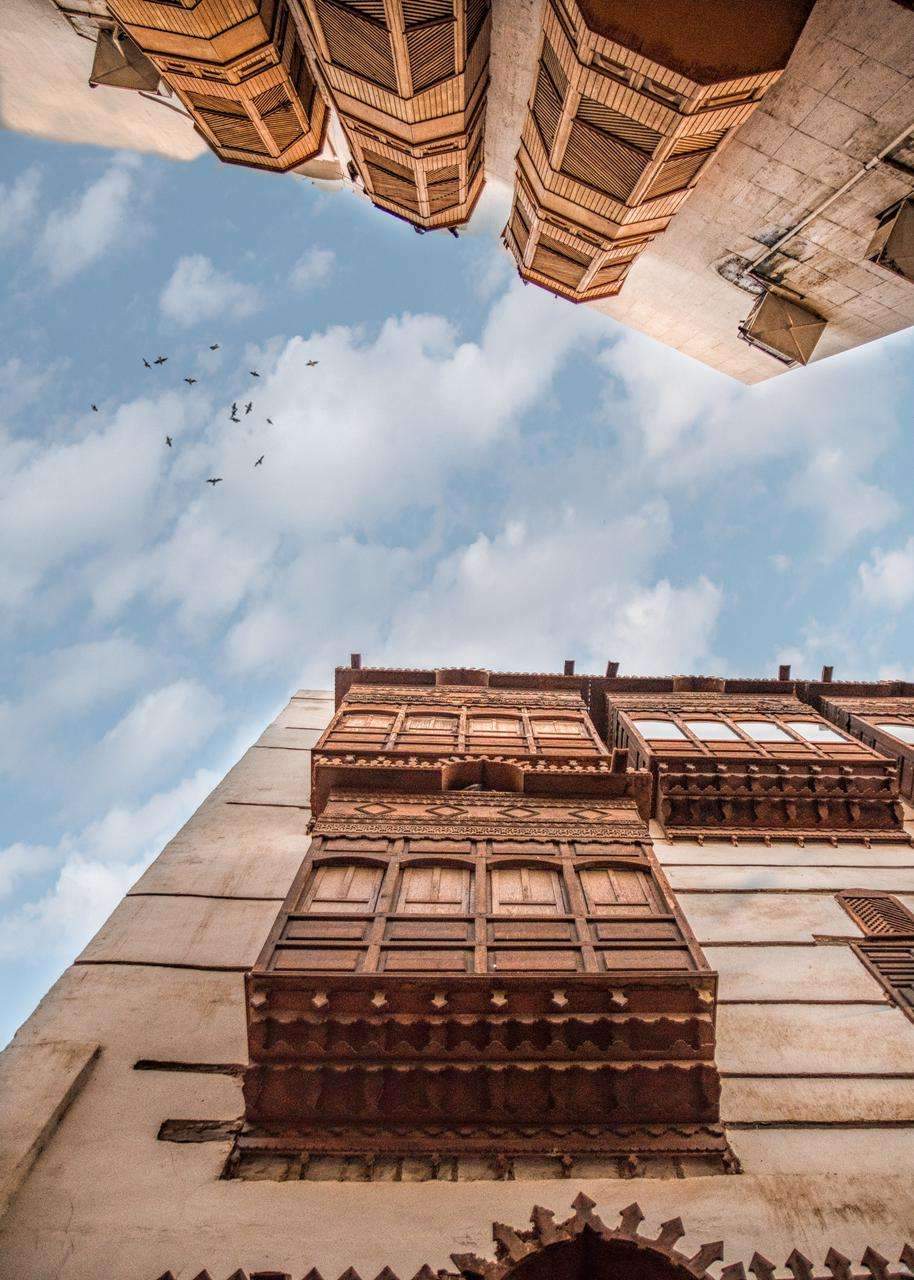History tradition and modernity meet in Prague,
Prague’s diverse architecture dates back over a thousand years,
after the Mother of Cities survived extensive destruction during World War II.
The city has become an important metropolis that balances its past and future as one of the most beautiful cities in the world,
as the political, cultural and economic center of Europe.
The origin of the city of Prague
Legend has it that Prague was founded in the 8th century by Princess Lipushi and her husband, Bemisel Plowman,
and Lebussy is said to be of the Premyslid dynasty.
who climbed a cliff over the Vltava River and predicted the future city, saying:
“I see a great city whose glory touches the stars.”
Then she ordered the construction of the castle and the city, which she called “Brague”.
Whether the story is true or not, Prague has certainly become a place where buildings rise to new heights,
capturing the imagination.
Prague’s built environment reflects many different styles and types of buildings with their roots in Romanesque design,
and has grown rapidly over time.
In the 12th century, it was already a thriving city, as the former capital of the Kingdom of Bohemia,
and expanded beyond its historic centre, which is now a UNESCO World Heritage Site.
The architecture of the city today has become a visual history of Prague,
this history representing the cultural development of the city.
Several projects have been created illustrating how modern architects began to create a cultural work that respects and reinterprets this past.
Projects established to revive the cultural heritage in Prague

Summer Pavilion
PAPUNDEKL Architects have designed a new pavilion that invites visitors to Prague’s exhibition grounds,
an area that recently reopened its gates to the public.
This modular suite features an adjustable front made of translucent fiberglass panels
that can be adjusted according to different uses or changes in weather and light conditions.

Teahouse
The café was designed as a simple gathering place, with one side facing the garden and one side of mud bricks.
Guests in the café are seated on a carpet in front of a black welded steel stove,
and the laminated dome is glued to paper to allow light to enter and illuminate the space inside.

DOX Center for Contemporary Art
The original complex focusing on exhibition areas has been expanded with special areas for dance,
music and film and a school of architecture.
DOX consists of three buildings: the administration building, attached to the architecture school building,
an experimental music and dance hall and a dance rehearsal room.

Grybovka Pavilion
This pavilion is based on the character of the historical structure on the site,
the main objective of which is to restore the historical pavilion and open it to the public,
to use it and its surroundings as a place for relaxation and recreation, to create health facilities for visitors to the park and to restore the original building.

Sedlcany Community Center
It is located near the historical center of Sedlcany in the center of Bohemia,
south of Prague, and consists of two buildings that represent a natural transition between the historical city structure and the less developed area.
History tradition and modernity meet in Prague
It was designed as a modest project on the intersection of crystal form.

Manifesto MarketIts owner, landscape architect Martin Barry, chose to renovate an unknown place in Prague,
in the heart of the Smichov district, to be valuable examples of 20th century architecture.
Chybik + Kristof has been commissioned to use modular units to create a food and culture market that is both elegant and temporary.

Revitalization of the riverfront in Prague
The large, revitalized riverfront area extends along the three Prague dams: Rasin, Horejsi and Dvorak, about 4 km long.
History tradition and modernity meet in Prague
The completed first phase is Prague’s largest investment in public space after the 1989 revolution, and the first of its kind.
It focused on rebuilding 20 river wall vaults, which were originally ice storage areas.
The cellars were integrated with the exterior, rather than creating classic interiors to connect to the area overlooking the river and the river itself.
You may like: Greenwich Planning Commission Royal District Approves Morden Wharf Master Plan
For more news, visit our news page to be up-to-date.







